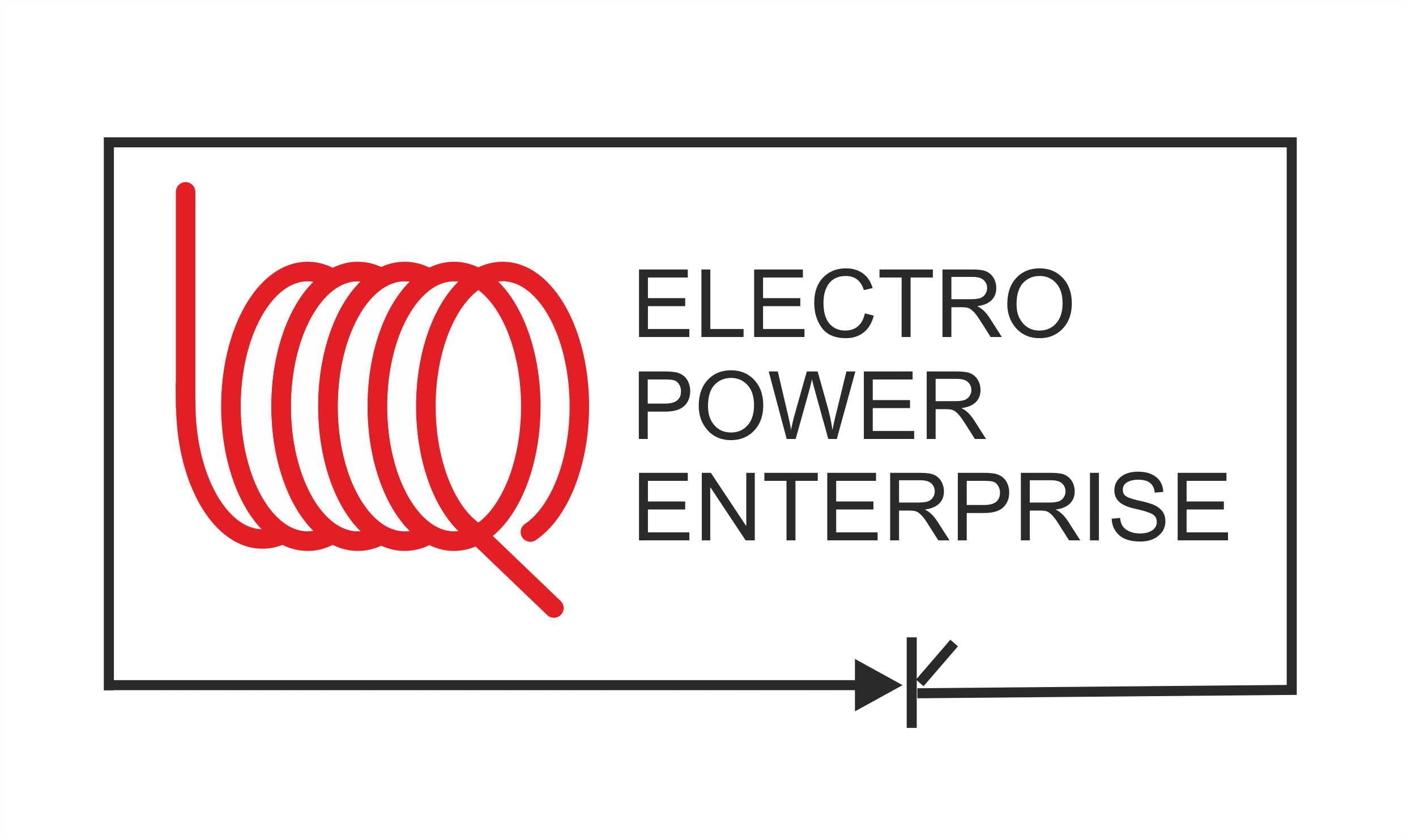The Unsung Hero: Maximizing the Lifespan of Your Induction Melting Furnace Coil
In the demanding world of metal casting and foundries, induction melting furnaces are the workhorses, transforming raw materials into molten metal with remarkable efficiency. But like any high-performance machinery, they rely on a suite of critical spare parts to keep them running optimally. Among these, the induction coil stands out as arguably the most vital component.
Often considered the “heart” of the induction furnace, the induction coil is responsible for generating the powerful electromagnetic field that rapidly heats and melts the metal charge. Its health directly dictates your furnace’s efficiency, melting speed, and ultimately, your bottom line.
However, due to the extreme conditions they operate under – intense heat, constant thermal cycling, and electrical stresses – induction furnace coils are also highly susceptible to wear and tear. Replacing a damaged coil can be a significant expense and cause unwelcome downtime.
So, how can you ensure this unsung hero of your furnace lasts as long as possible? Let’s delve into some key strategies for maximizing the lifespan of your induction furnace inductor coil.
Why is the Induction Furnace Coil So Critical?
Before we discuss longevity, let’s briefly understand its importance:
- Heat Generation: The coil’s copper windings carry high-frequency alternating current, creating the eddy currents within the metal that generate heat for melting.
- Efficiency: A well-maintained coil ensures maximum power transfer to the metal, leading to efficient melting and lower energy consumption.
- Safety: A compromised coil can lead to electrical shorts, water leaks (if water-cooled), and even catastrophic furnace failure, posing significant safety risks.
Strategies to Maximize Your Induction Furnace Coil’s Lifespan:
Extending the life of your inductor coil isn’t just about reactive maintenance; it’s about proactive care and smart operational practices.
- Maintain Pristine Water Cooling Systems: The vast majority of induction coils are water-cooled to dissipate the immense heat generated.
- Regular Water Quality Checks: Impurities, scale buildup, and algae in your cooling water can significantly reduce the coil’s cooling efficiency, leading to overheating and premature failure. Implement regular checks for pH, conductivity, and dissolved solids.
- Proper Flow Rates: Ensure adequate water flow through the coil. Blockages or insufficient flow will lead to hot spots.
- Clean Heat Exchangers: If you use a closed-loop cooling system, ensure your heat exchangers are clean and functioning effectively to dissipate heat from the cooling water.
- Use Deionized or Treated Water: This is crucial to prevent mineral buildup inside the coil’s water passages.
- Monitor Coil Insulation Regularly: The insulation between the coil windings and between the coil and the furnace lining is vital for preventing electrical shorts.
- Visual Inspections: Look for cracks, discoloration, or signs of breakdown in the insulation.
- Dielectric Strength Testing: Periodically test the dielectric strength of the insulation to catch problems before they lead to failure.
- Prevent Metal Splashes: Molten metal splashes can damage insulation. Ensure proper pouring techniques and consider protective measures if splashes are a frequent issue.
- Optimize Refractory Lining: The refractory lining acts as a protective barrier between the molten metal and the inductor coil.
- Correct Installation: Proper ramming and sintering of the refractory are crucial to ensure a durable and insulating barrier.
- Timely Repairs/Replacement: Address cracks or thinning of the refractory lining immediately. A compromised lining exposes the coil to excessive heat and potential metal penetration.
- Avoid Over-Sintering: While proper sintering is important, over-sintering can make the lining brittle and prone to cracking.
- Manage Electrical Parameters:
- Stable Power Supply: Fluctuations or spikes in your power supply can stress the coil. Ensure a stable and clean power source.
- Avoid Overloading: Operating the furnace consistently above its rated capacity will put undue stress on the coil.
- Monitor Current and Voltage: Keep an eye on your furnace’s electrical readings. Deviations can indicate developing issues within the coil or power supply.
- Implement Preventative Maintenance Schedules:
- Routine Inspections: Regularly inspect the coil for any signs of physical damage, leaks, or overheating.
- Tighten Connections: Ensure all electrical and water connections to the coil are secure to prevent arcing or leaks.
- Record Keeping: Maintain detailed records of coil performance, maintenance activities, and any anomalies. This data is invaluable for predicting future issues.
The Takeaway
Your induction furnace copper coil is an investment, and treating it as such will yield significant returns in terms of extended lifespan, reduced downtime, and lower operating costs. By focusing on proper cooling, vigilant insulation monitoring, smart refractory management, and consistent electrical parameter oversight, you can significantly prolong the life of this critical component.
Don’t wait for a coil failure to realize its importance. Proactive maintenance is the key to uninterrupted production and a healthy bottom line.
Need expert advice on diagnostics or replacement Induction Furnace spare parts?
📞 Get in touch with us — we can help you set up a preventive maintenance plan and supply the right spares for your exact furnace model.

Rajesh Baraiya, Founder of Electro Power Enterprise, is passionate about making induction furnaces run more efficiently and last longer. Backed by three decades of hands-on experience, He provides practical insights into Induction furnace spare parts, enabling industries to achieve higher efficiency and longer furnace life.

